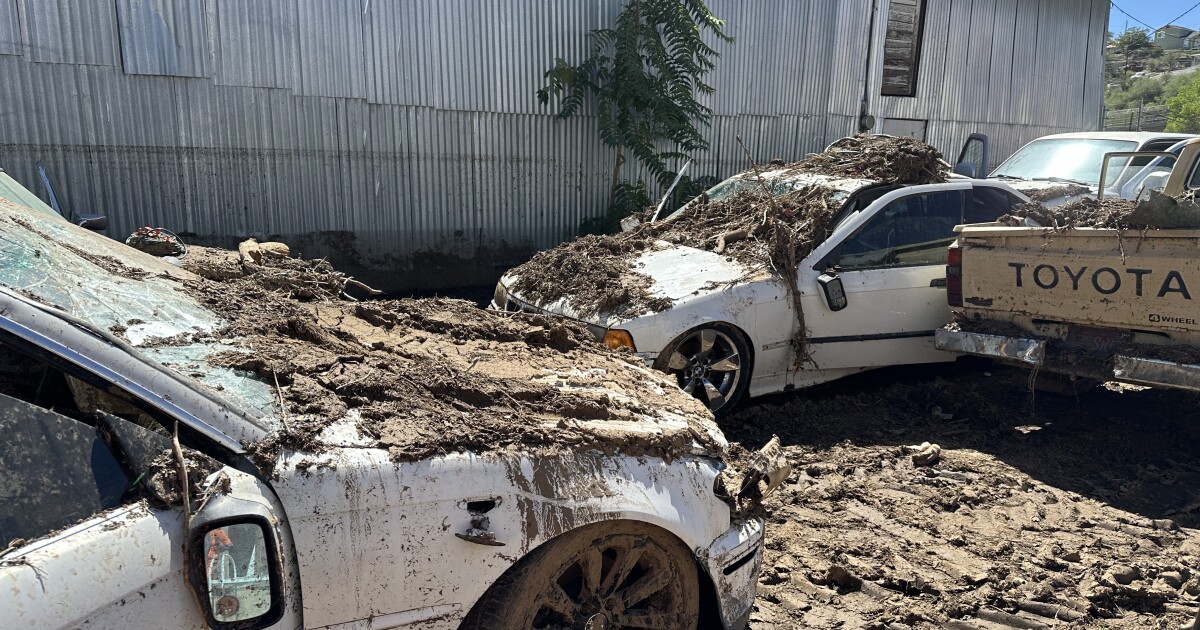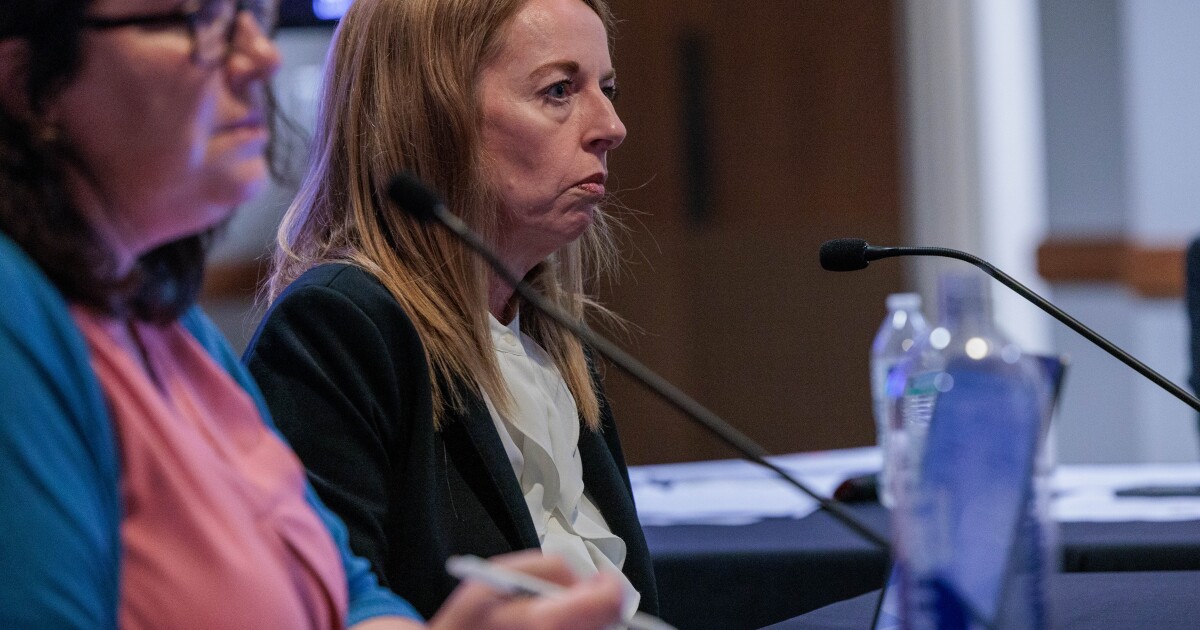A rare case of pneumonic plague has claimed the life of a Coconino County resident earlier this month. In light of this unfortunate event, Dave Wagner, who leads Northern Arizona University’s Pathogen and Microbiome Institute, elaborated on plague’s life cycle and shared insights into ongoing vaccine research.
Understanding Plague in Northern Arizona
Plague primarily affects rodents and the fleas that feed on them. “It’s been that way for thousands of years,” Wagner explained. When fleas take a blood meal from an infected rodent carrying Yersinia pestis, they become vectors that can spread the bacteria to other rodents, perpetuating a cycle between these animals and fleas.
Human Impact and Global Reach
The incidence of plague in humans within the United States remains infrequent, with typically 5 to 10 cases reported annually. The most prevalent form, bubonic plague, usually spreads from animals to humans through flea bites. If untreated, it can evolve into more severe forms like septicemic and pneumonic plague. Wagner highlighted that plague is not confined to the U.S., as it is a global issue, prevalent in regions like North and South America, Asia, and Africa. Madagascar, in particular, records the highest number of human cases, where Wagner’s team has focused its research for over two decades.
Advancements in Research and Safety Precautions
Wagner’s research in Madagascar is centered on enhancing diagnostic methods to rapidly detect Yersinia pestis infections, which are treatable with timely antibiotic intervention. He advised residents to remain vigilant but not overly alarmed, emphasizing the rarity of plague cases. “There are many other things to be worried about before plague,” he noted, while recommending flea collars for pets to prevent fleas from entering homes.
Future Directions in Plague Research
Looking ahead, Wagner expressed a strong desire to develop a vaccine against plague, especially to aid impoverished communities in remote areas. He remarked on the lack of substantial efforts toward a vaccine, despite the disease’s severe impact. “If we can advance a vaccine and get it out there in a way that it’s available to people in remote areas that really need it, that would be fantastic,” he stated.
“`
—
Read More Arizona News










